Source: TW
Kernosovskiy
A thread on the Kernosovskiy & related icons. This image found in what’s today Ukraine is from the Yamnaya horizon. If indeed it dates closer to then it is of considerable significance as it is a rare image from the early IE period.
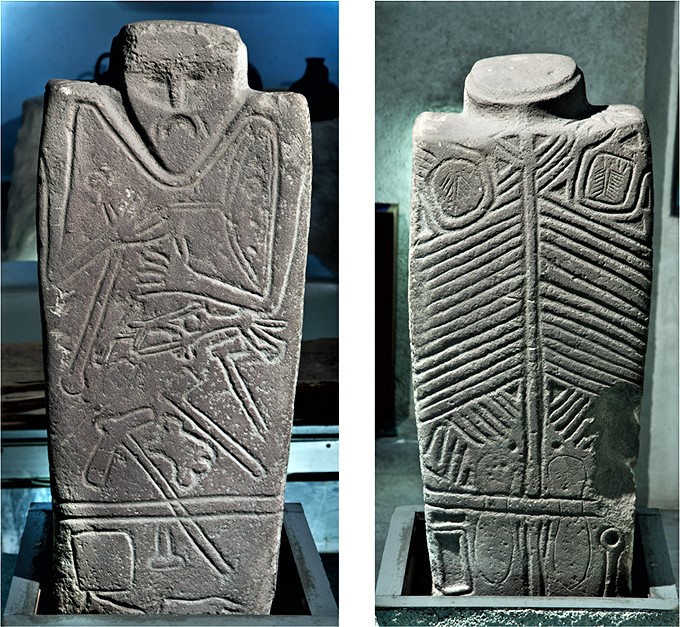
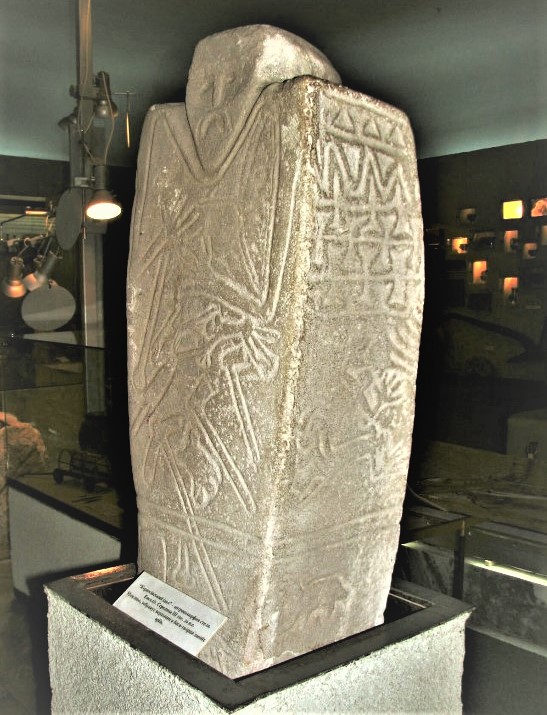
I’ve so far seen reasonably clear images of 3 sides. Above are front & back & here is the 3rd side with clear imagery on it. It depicts an ithyphallic male figure in a general iconographic convention seen in the later “balbal” stones of shaka, mongolic & turkic peoples & the more mysterious Hakkari stones. However, there is one indicator of an early age – the similarity of the axe on the image to the Abashevo axe that is closer culturally & temporally to Yamnaya. A similar axe is seen in the Federovsky idol from the Poltava region of Ukraine likely again from the Yamnaya age.
Most interpreters of these images have invoked Indo-Aryan themes with an IE interpretation. We tend to agree with this though the iconographic conventions widely transcend cultures across Eurasia, as we have pointed out in several threads. Yet speculative one can point to several parallels.
-
- The male figure is shown in a vIrAsana-like pose both in Kernosovskiy and Fedrovsky images.
-
- The ithyphallic nature preserved in the former suggest the IE deity of the rudra-class.
-
- The Axes, the spear, bow, mace are typical of the armaments of the rudra-class.
-
- The bovine & equine images are typical of the IE world.
-
- The flayed skin – probably ritual seat;
-
- The square on the front side probably indicative of a ritual altar. Likewise, square & circle with trees inside them on the rear are altars related to AhavanIya & gArhapatya.
-
- Below on rear side the imprints probably represent a praNIta-like pAtra & sruva or darvi.
That image is apparently still housed in a museum in what is today Ukraine & hopefully, is not destroyed in the war – would be a tragic erasure of a vital religious iconography of people close to our ancestry.
Fedrovsky
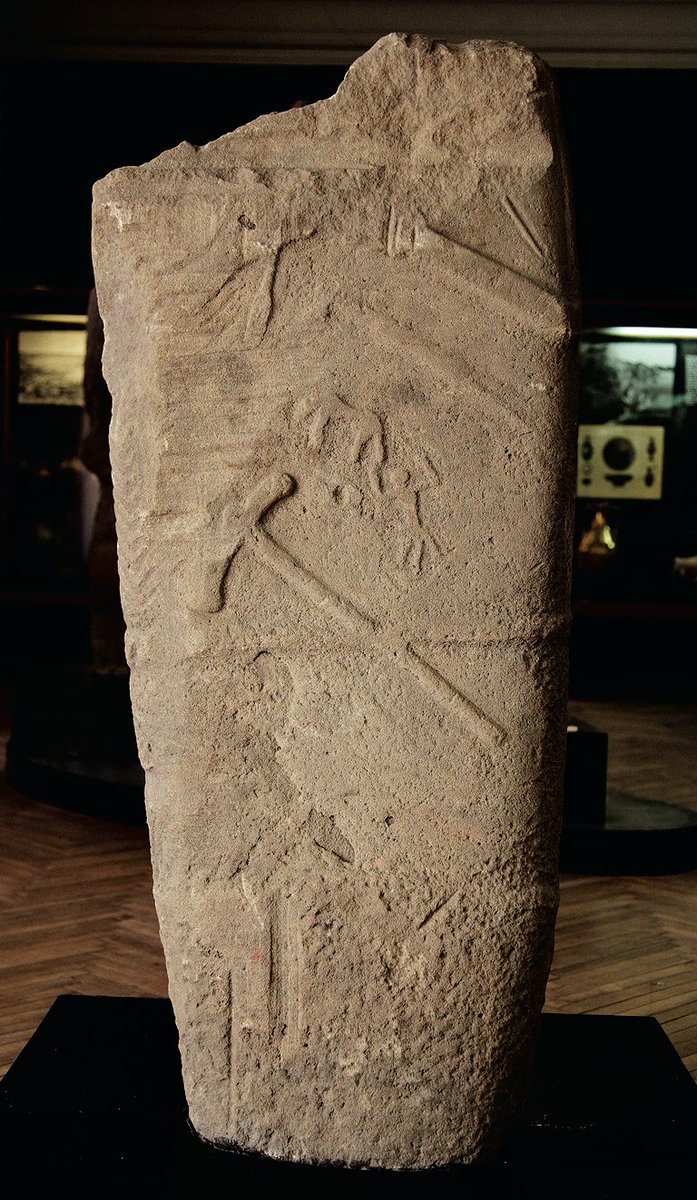
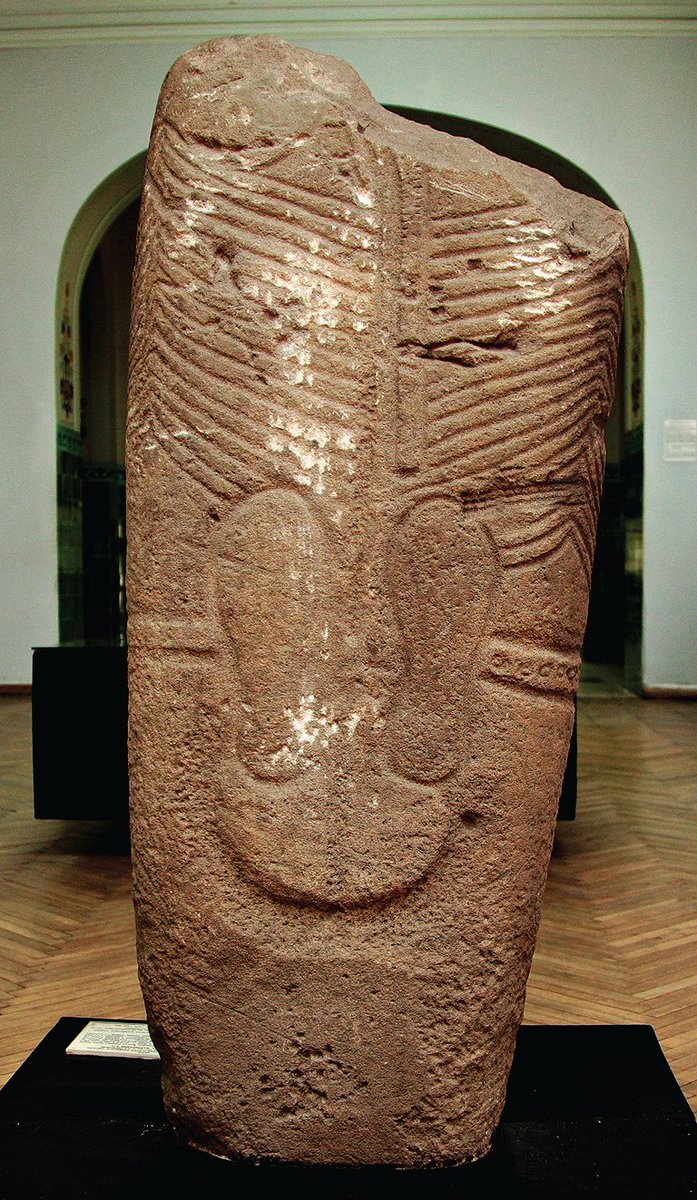
Below is the Fedrovsky image. More fragmentary but clearly of same class with axe and arrow in front. Human figure following a horse. Rear is similar but no other iconic details preserved. Probably Fedrovsky image also holds a mace, like the Kernosovskiy one.
Hakkari
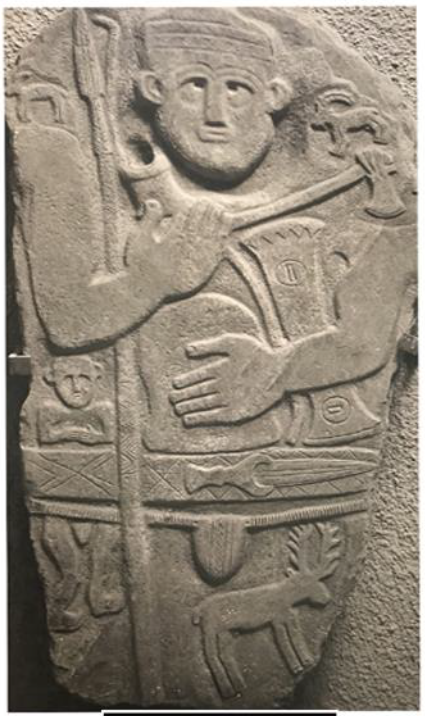
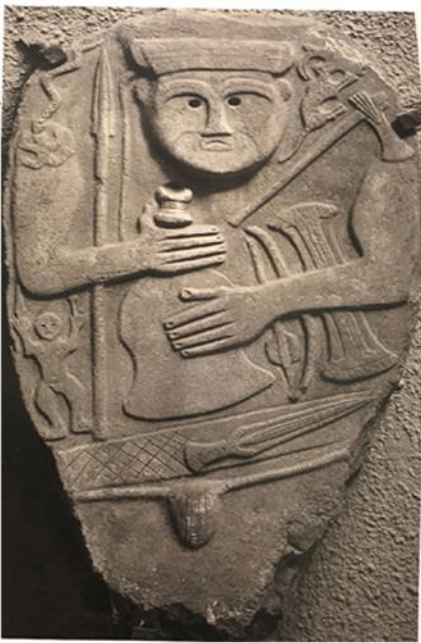
Next, we come to the Hakkari stones of Turkey. Below+++(→ above)+++ are 2 exemplars. Their exact age is not known but probably about 2000 years post Yamanya. Yet the preservation of the convention is strong. The age seems too early for Turkic presence in Anatolia. The horn in the first of them suggests a shaka or related Iranic origin for these. The deer/mountain goat pattern seen in some steppe iranic images is also seen here. The artistry is somewhat more refined & weaponry clear of a later age.
There also seems to be a shift in meaning from a potential deity in the Yamnaya images to what might be a human warrior in the Hakkari images. The convention in this regard shifts closer to the balbal stones of the Mongolic & Turkic Khaganates with potential further semantic shift.
Kuman balbal stones
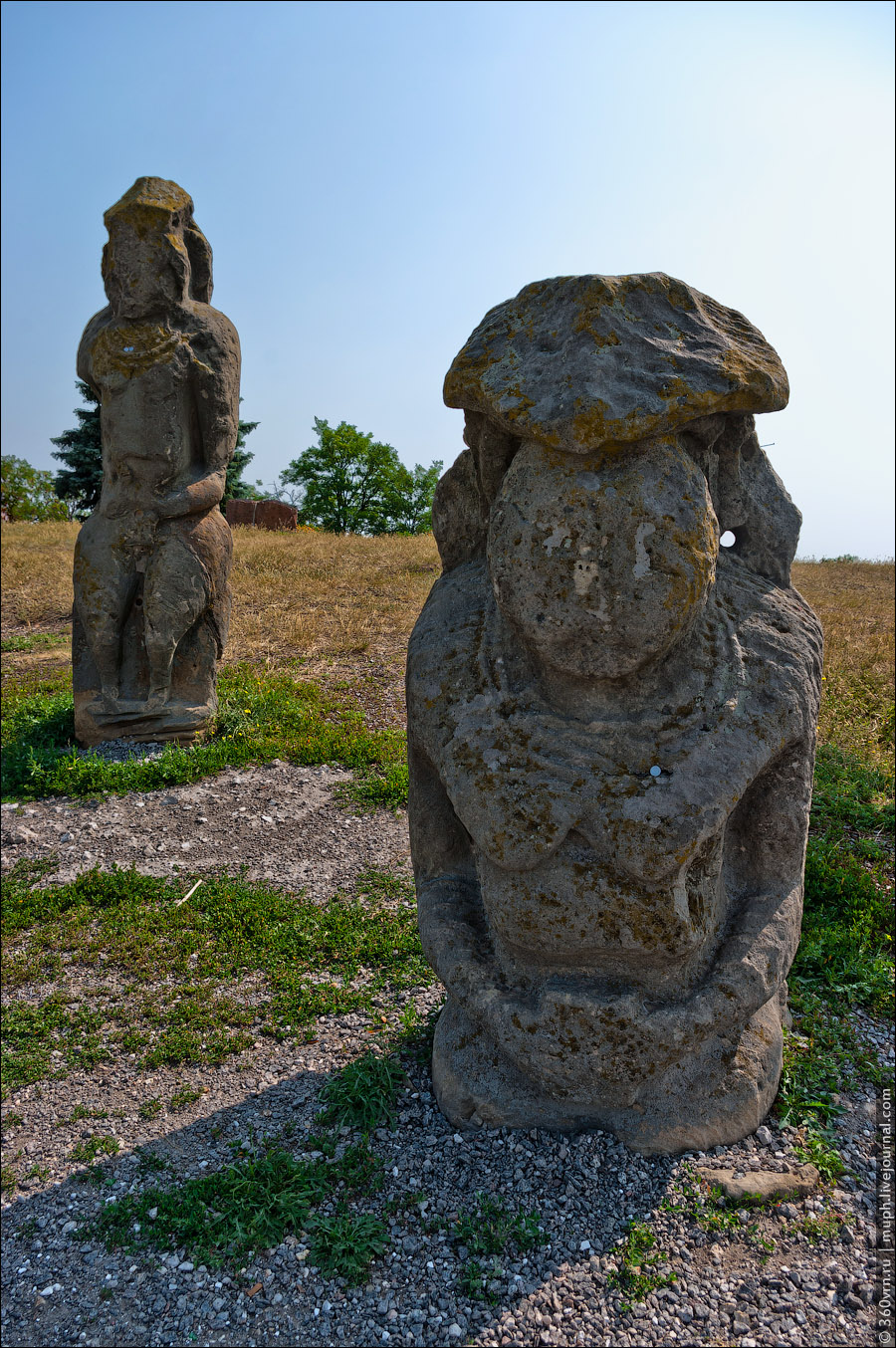
The iconographic convention in these Kuman “balbal” stones goes back to the rare Indo-European Steppe image known as the Kernosovskiy image of the Yamnaya age (assuming its dating hold). That could be one of the earliest surviving images of an ithyphallic IEan rudra class deity. However, from the convention seen in these Kuman stones also seen in that of their contemporary enemies, the Chingizid Mongols, has some specific features like the drinking cup which stabilize by the time of the shaka hordes of the steppe ~700-500 BCE. In the early shaka images the cup is typically a horn. It seems to become a more typical chalice only by the time of the Hunnic Khaganate.
The multiplicity of balbal-s at the grave sites of the elite suggest that they were erected to mark heroes who were slain by the dead warrior. This is supported by the inscription of the Blue Turks on the famed Orkhon steles in Mongolia.